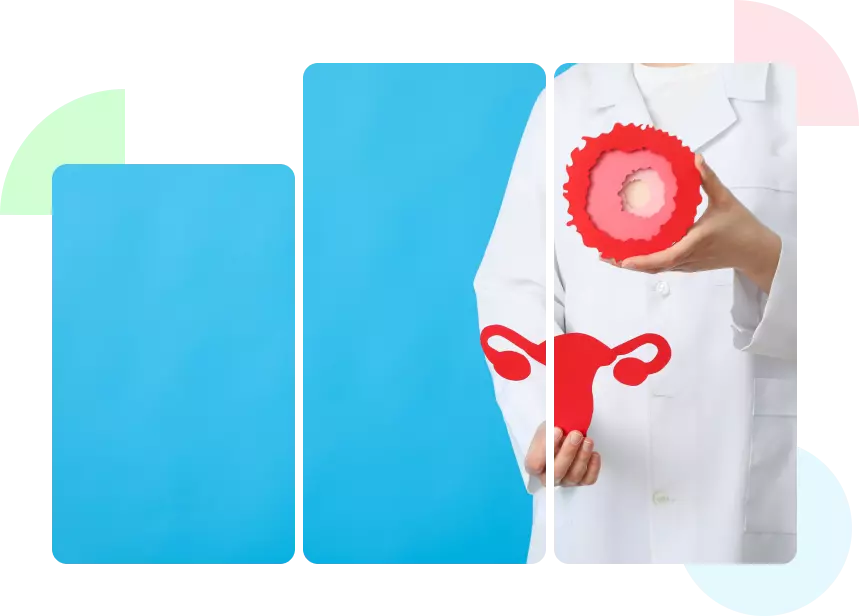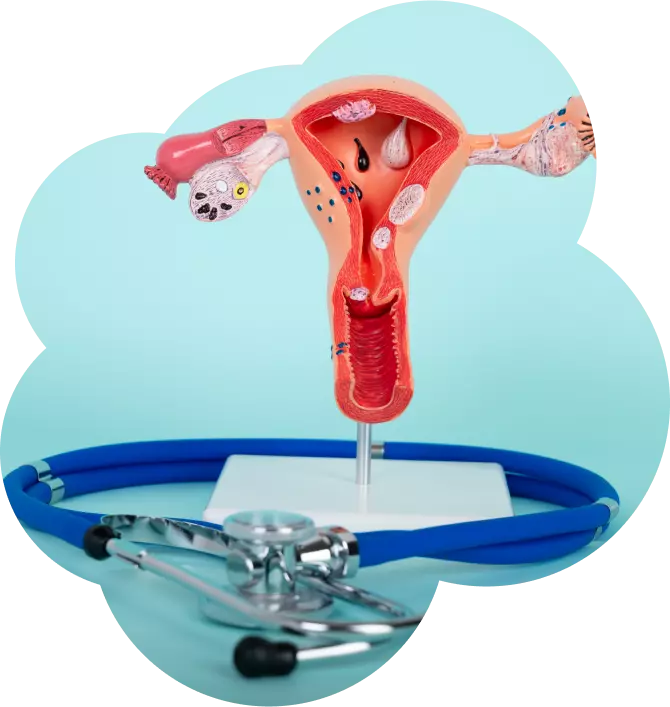
Fluid-filled sacs that develop near the opening of the vagina are known as bartholin’s cysts. They occur when the Bartholin's glands, which lubricate the vagina, become blocked and the fluid builds up. These cysts are relatively common and typically benign, although they can occasionally become infected and cause discomfort.
Bartholin's cysts are relatively common, affecting around 2% of women. Symptoms may include a painless lump, discomfort during intercourse, or a feeling of fullness.
The Bartholin cyst is actually a type of vaginal cyst which can become infected, leading to pain, swelling, and redness. Antibiotics are frequently used along with cyst removal as an effective Bartholin cyst treatment to control infection and minimize discomfort.
Some of the major signs of bartholin cysts include
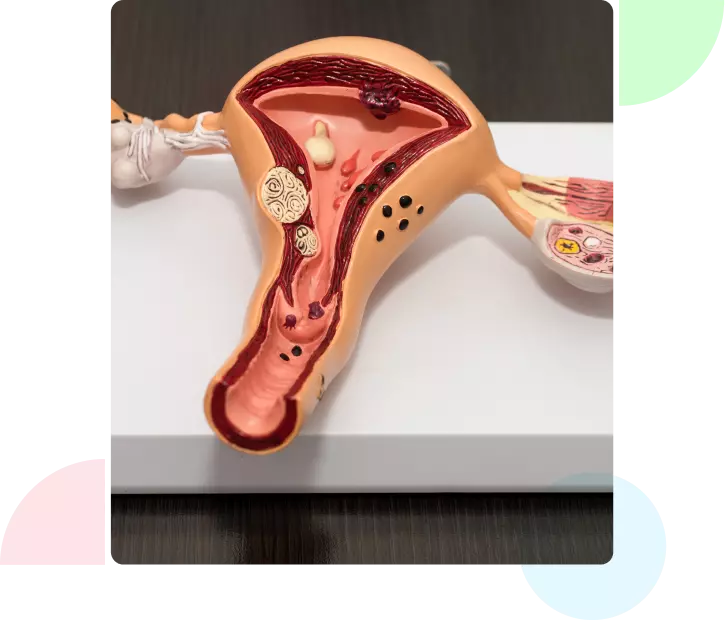

Bartholin cysts are typically caused by a blockage or infection in the Bartholin's glands, which are small glands located on either side of the vaginal opening.
Some of the common causes of Bartholin's cysts include
Proper diagnosis is crucial for effective treatment. The diagnostic process typically involves a physical examination by a healthcare provider, who may also recommend additional tests to confirm the diagnosis.
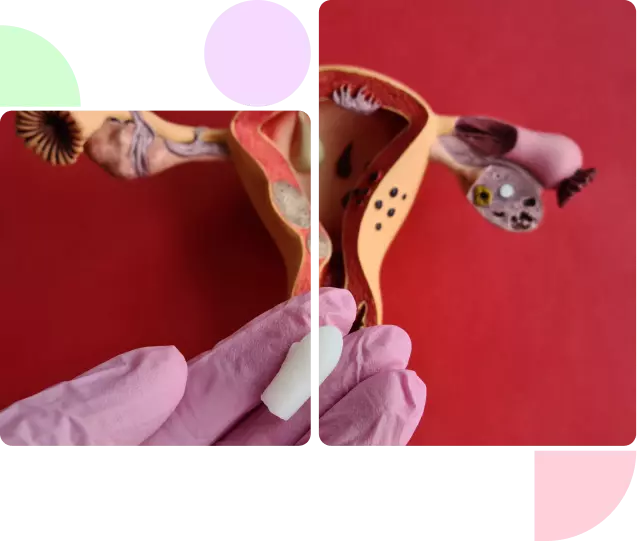
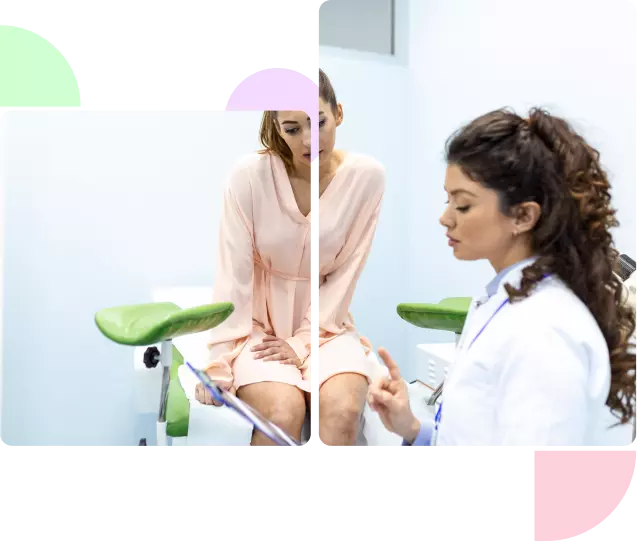
Getting to know the available treatment options is crucial for managing this common gynecological condition.
The Bartholin cyst treatment typically involves draining the fluid through a simple in-office procedure. In some cases, a small incision may be made to create a permanent opening, allowing the cyst to drain on its own. More advanced therapies, such as marsupialisation of cyst removal, could be suggested for recurring or big cysts.
Seeking prompt medical attention is essential, as early intervention can help prevent complications and provide relief from the symptoms associated with Bartholin's cysts. By working closely with a healthcare provider, individuals can develop a personalized treatment plan that addresses their specific needs.
There's no proven way to stop the formation of cysts. Listed three preventive points that could possibly work most of the time.
